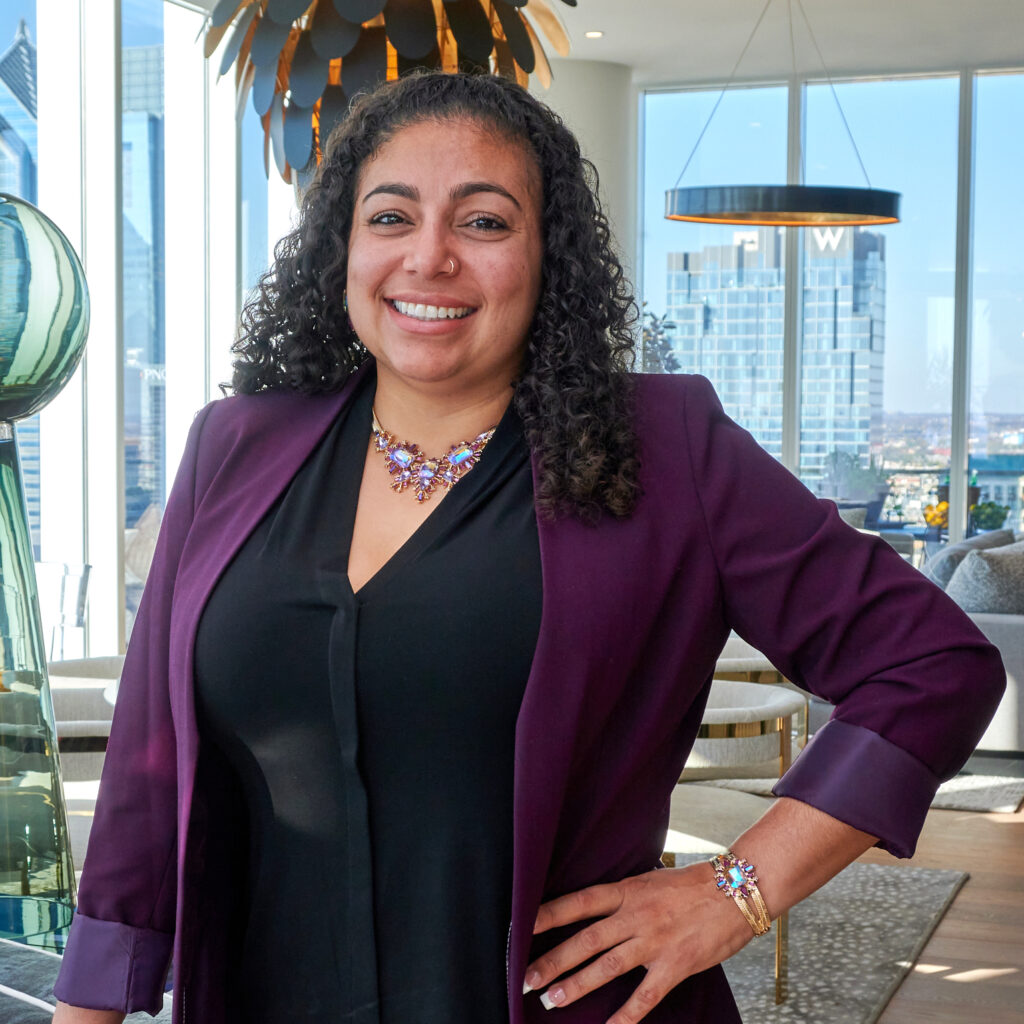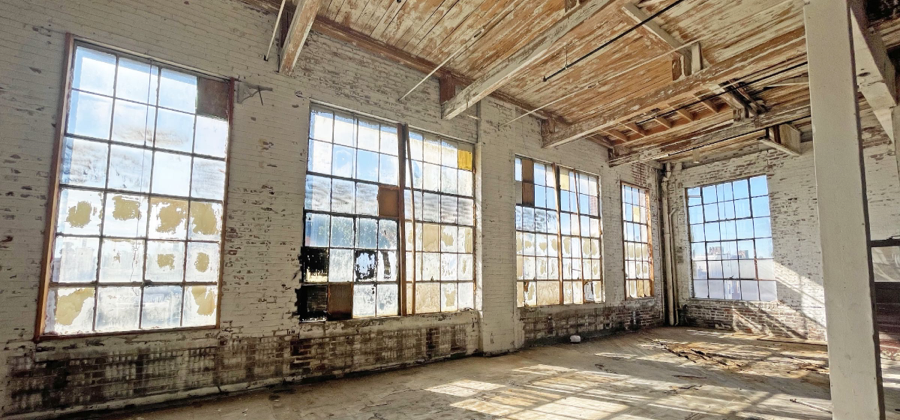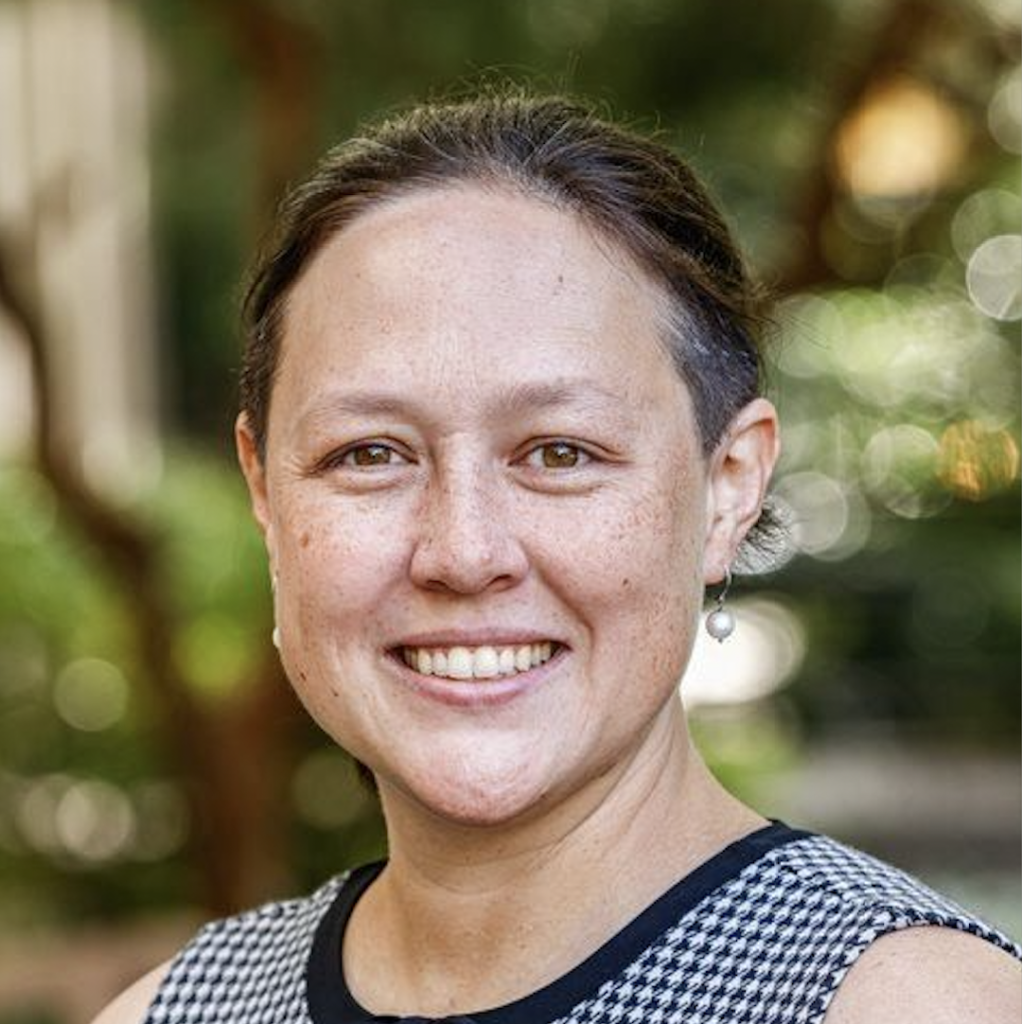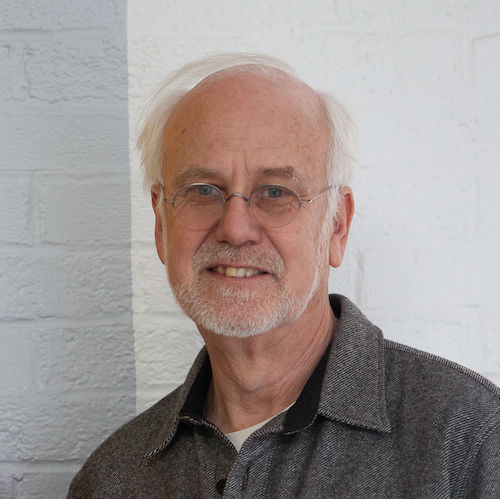
SmallChange.co Expands, Welcomes Five Partners With Expertise in Regulation Crowdfunding
PITTSBURGH – March 6, 2024 – SmallChange.co, an investment crowdfunding platform focused on real estate development with social impact, has expanded significantly with the addition of five partners. All have extensive experience in regulation crowdfunding: Their track record includes the establishment of Common Owner, a Buffalo-based crowdfunding platform with a specialization in real estate.
The five include Julian Anjorin, a serial entrepreneur with a strong background in cybersecurity; Derek King, who specializes in historic preservation; Richard Rogers, an urban planner and attorney; Mitchell Skomra, a software engineer; and Jacob Walsh, who has substantial experience in operations management. All are based in Buffalo except for Anjorin, who lives in North Carolina.
Anjorin will oversee web development and support for the Small Change platform and business applications used for operations. King will focus on early-stage business development, with a primary emphasis on real estate developers and pipeline partners. Rogers will assist issuers with structuring their offerings, review and negotiate contracts, and handle a variety of compliance functions. Skomra will work with Anjorin on web development, and Walsh will guide issuers through the onboarding process and manage the company’s books.
“Reg CF platforms for real estate are thin on the ground, but Small Change has been growing rapidly,” says Eve Picker, founder and CEO. “Julian, Derek, Richard, Mitchell, and Jacob are joining us at a pivotal time. They are bringing additional resources, deal flow, and a lot more brain power, all of which will help us to accelerate speed to launch and greatly expand our offerings and support for developers and investors alike.”
She adds: “They are committed – as I am – to bringing equity to the world of equity. And they have the skills and experience to turn this commitment into serious progress in the real estate industry.”
“We love the potential of crowdfunding as much as Eve does,” says Anjorin. “It provides opportunity for those who may not have access to traditional banking channels for finance and allows developers to access capital through Reg CF. The world is not fair, and it probably won’t ever be, but we’ll be damned if we don’t try to balance the financial scales a bit. We’re going to make sure that Small Change evens them out.”
About Small Change
SmallChange.co has helped 47 developers raise more than $13 million for projects in 26 cities, big and small, across the United States. SmallChange.co uses its proprietary Small Change Index™ to measure a broad array of factors to determine the project’s social impact with the goal of creating more affordable, more equitable and more innovative communities. To date, 62% of the deals funded via the Small Change platform have either a minority and/or female sponsor, and all of them score above 60% on the Small Change Index. Additionally, 68% of the mixed-use or residential projects listed on the platform have included affordable housing, and almost 90% have been located in underserved communities.
For more information on SmallChange.co, please visit www.smallchange.co or email [email protected].
Media Contact:
Rachel Antman, Saygency
[email protected] or (212) 362-5837
NSSC Funding Portal, a SEC registered Funding Portal and member of FINRA, offers investments under Regulation Crowdfunding or Title III, per Section 4(a)(6) of the Securities Act. These investments are offered to everyone 18 or over.
This is not a solicitation of an offer to buy or sell any securities. The projects illustrated above may not be indicative of all projects on the platform. All investing is risky and includes the risk of loss. Securities are subject to liquidity risk and cannot be easily converted to cash. *Past returns do not guarantee future returns. If you are interested in learning more, please visit Small Change for educational material and detailed offering information. You can always say [email protected].
Image by Ivanka Nikitovic via Vecteezy.com (modified)




